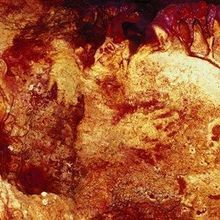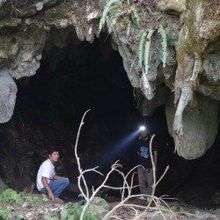Login
Subscribecave

Image of the Day: Evolution Underground
Carolyn Wilke | Jan 15, 2019 | 1 min read
The lay of the land shapes the diversity of groundwater-dependent salamanders.

Oldest Known Paintings Created by Neanderthals, Not Modern Humans
Catherine Offord | Feb 25, 2018 | 2 min read
The animal pictures and hand stencils were made in caves in Spain thousands of years before Homo sapiens arrived in Europe.

Blind Cavefish in Mexico Offer Clues to Sleep Regulation
Catherine Offord | Feb 6, 2018 | 2 min read
Two studies identify a signaling pathway that contributes to the fish’s sleeplessness.

Image of the Day: An Actual “Shithole”
The Scientist | Jan 13, 2018 | 1 min read
Beetles cherish the dung they live and feed on.

Humans Lived in Southeast Asia More Than 60,000 Years Ago
Shawna Williams | Aug 9, 2017 | 2 min read
Tooth fossils of cave dwellers represent the first known instance of our species inhabiting a rainforest.

60,000-Year-Old Life Found in Crystals in Mexican Cave
Bob Grant | Feb 21, 2017 | 2 min read
NASA researchers have discovered ancient microbes locked inside minerals, suggesting a possible niche for interstellar life.

A Month in Mammoth
The Scientist | Feb 29, 2016 | 1 min read
Two sleep researchers braved the subterranean environment of a Kentucky cave to see if they could train their bodies to abandon the cyclical rhythms of the 24-hour day.
